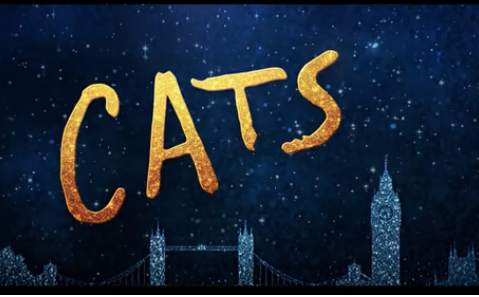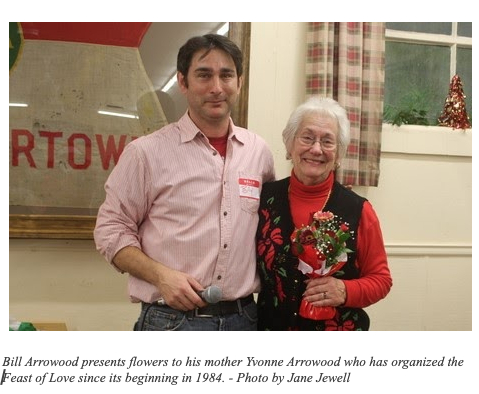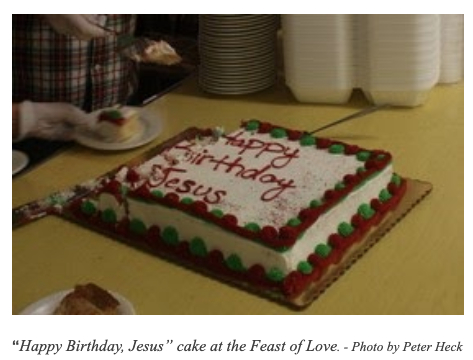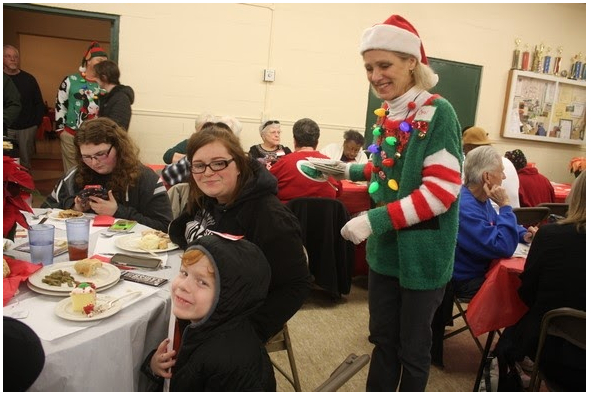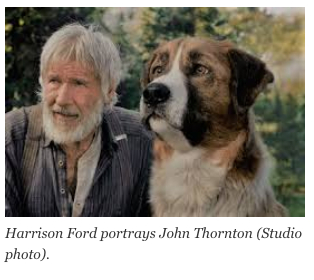 The new film of Jack London’s book The Call of the Wild, directed by Chris Sanders, opened last night at the Chesapeake Five theater. If you love dogs; if you have children who love dogs; if you’re in the mood for a good ripping story set against gorgeous scenery – go see this one.
The new film of Jack London’s book The Call of the Wild, directed by Chris Sanders, opened last night at the Chesapeake Five theater. If you love dogs; if you have children who love dogs; if you’re in the mood for a good ripping story set against gorgeous scenery – go see this one.
This is a beautifully filmed story, from start to finish. Much of the beauty is in the natural settings – most of the film was shot in the Yukon and British Columbia, but even the interiors and street scenes are rich in detail and atmosphere. A brief but brilliant shot of miners crossing the steep pass from the Alaska coast to the interior will recall, for many viewers, a similar scene in Charlie Chaplin’s The Gold Rush – as well as the earlier photos on which that scene was based.
Perhaps the most surprising thing about the newest version of London’s tale is that its star – the big dog Buck – is created entirely by computer technology. This is not obvious and Buck looks very real. The advantages of this to the film-makers are obvious – training a real animal for all the stunts the “hero” has to perform would be prohibitively expensive and time-consuming, and in some instances far too dangerous. But while some critics have complained that the portrayal is unrealistic, this is after all a sort of fantasy story.
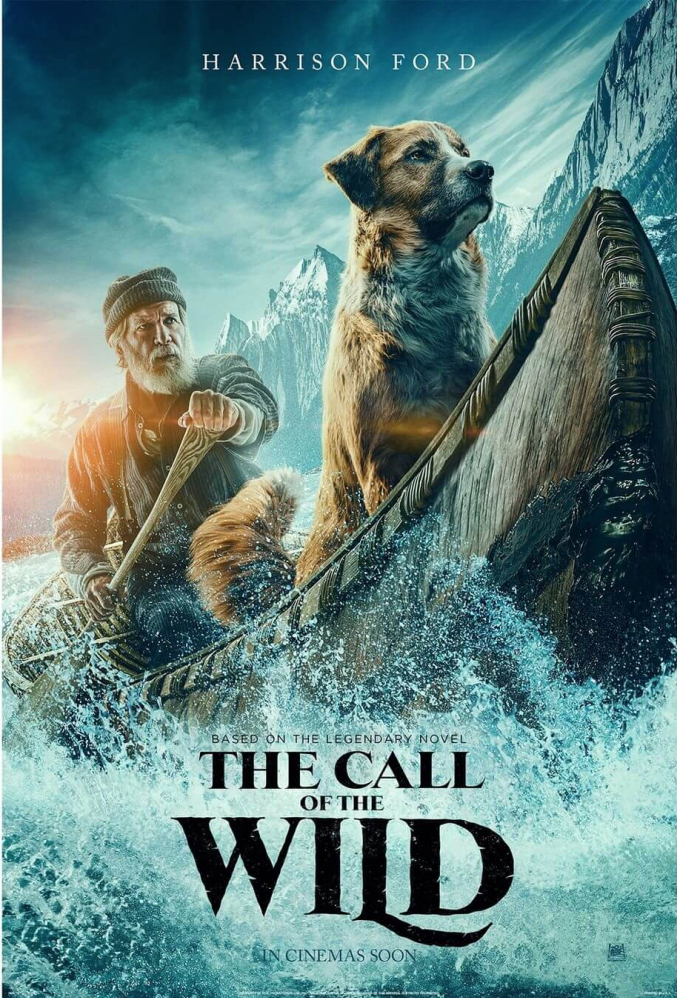 California native London spent a colorful life before finding his calling as a writer. He dropped out of high school at age 14 to hobo across the country; returned home to finish school and spent a year at the University of California at Berkeley. But in 1897, news that gold had been discovered in the Yukon drew him north – along with thousands of others – to seek his fortune. He and a group of prospectors established a claim, found some gold, and wintered over, during which London read Darwin and Milton – and developed scurvy.
California native London spent a colorful life before finding his calling as a writer. He dropped out of high school at age 14 to hobo across the country; returned home to finish school and spent a year at the University of California at Berkeley. But in 1897, news that gold had been discovered in the Yukon drew him north – along with thousands of others – to seek his fortune. He and a group of prospectors established a claim, found some gold, and wintered over, during which London read Darwin and Milton – and developed scurvy.
He worked his way back to San Francisco and did odd jobs to pay the bills while beginning to write. He found inspiration for The Call of the Wild in his Yukon experiences. London’s novel was published in 1903, first as a serial in the Saturday Evening Post, then in book form. It earned him $750 from the magazine and another $2,500 from the book publisher – a princely sum in those days.
The Call of the Wild is the story of Buck, a St. Bernard/Scotch Collie mix who begins life on a California ranch, the pampered favorite of a wealthy judge. Kidnapped by a man who has heard that strong dogs bring a high price in the Yukon, he is shipped to Alaska and sold as a sled dog to a pair of mail carriers.
It takes Buck some time to learn the discipline of working as part of a team, but eventually he becomes lead dog – only to be sold again when his owners are reassigned to different duty. But his new owners are greenhorns who mistreat and overload their animals, and eventually a man named John Thornton rescues Buck.
With Thornton, Buck goes into the deep wilderness, where his new master prospects for gold and leads a hermit’s life. Buck, meanwhile, becomes aware of his kinship with the wild country – meeting and hunting with a pack of wolves. At the end of the story, Buck fulfills his destiny by joining the wolf pack – answering at last the Call that lives within every dog’s heart.
The Call of the Wild is very much a pulp adventure – sensational, full of clichéd characters and situations, and (despite pretending to be brutally realistic) sentimental at heart. London wrote for a mass audience – how else to make money? But the fact that the book has retained its appeal – staying in print for more than a century – shows that London hit a deeper vein than his contemporaries who wrote for the same audience. The book has been made into a film several times, beginning in 1923. A 1935 version starred Clark Gable and Loretta Young, and Charlton Heston starred in a 1972 adaptation. There’s even an animated version with Charles Schultz’s Snoopy as the lead! But the new movie captures the story in stunning, gorgeous detail.
The movie is essentially faithful to London’s plot, though it has simplified it, stripping away some incidents and characters and omitting some of the book’s violence to earn a PG rating. Thornton, played by Harrison Ford, becomes a more thoughtful character, less interested in gold than in finding peace in solitude. But the focus of the movie remains firmly on Buck – and on the wonderful scenery against which his story takes place.
Beyond the character of Buck, it’s clear that a good bit of animation and enhanced color graphics were used in the filming – a lot of it would have been frankly impossible before the current technological era. And with few exceptions, it fits almost seamlessly into the narration. The look and feel of the world of the 1890s are beautifully captured, whether in the Yukon or in the judge’s California mansion. And the wildlife, whether real or CGI-generated, is almost overwhelming.
There’s an old show biz saying, “never work with children or animals,” and Buck’s performance here could be a classic example of the reason for that advice. Even so, Ford more than holds his own as Thornton – an older, somewhat sadder, version of the worldly-wise, subtly damaged characters he has made his own. And of course, Ford is used to relating to non-human characters on-screen. Omar Sy and Cara Gee do a good job as the mail-carriers who bring Buck into the wilderness as part of their team. And the rest of the cast play their roles effectively.
Theater manager Charlene Fowler said The Call of the Wild will probably run for two weekends. Go to the theater website – www.chesapeakemovies5.com – for information on running times and to reserve seats.



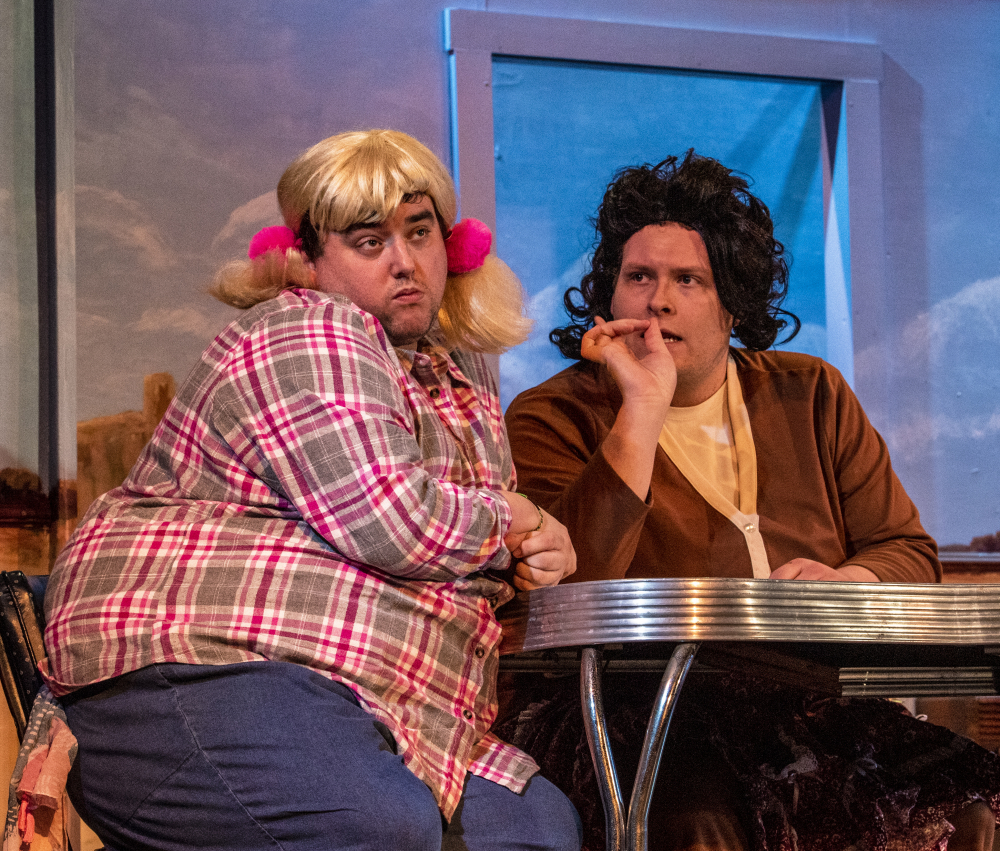
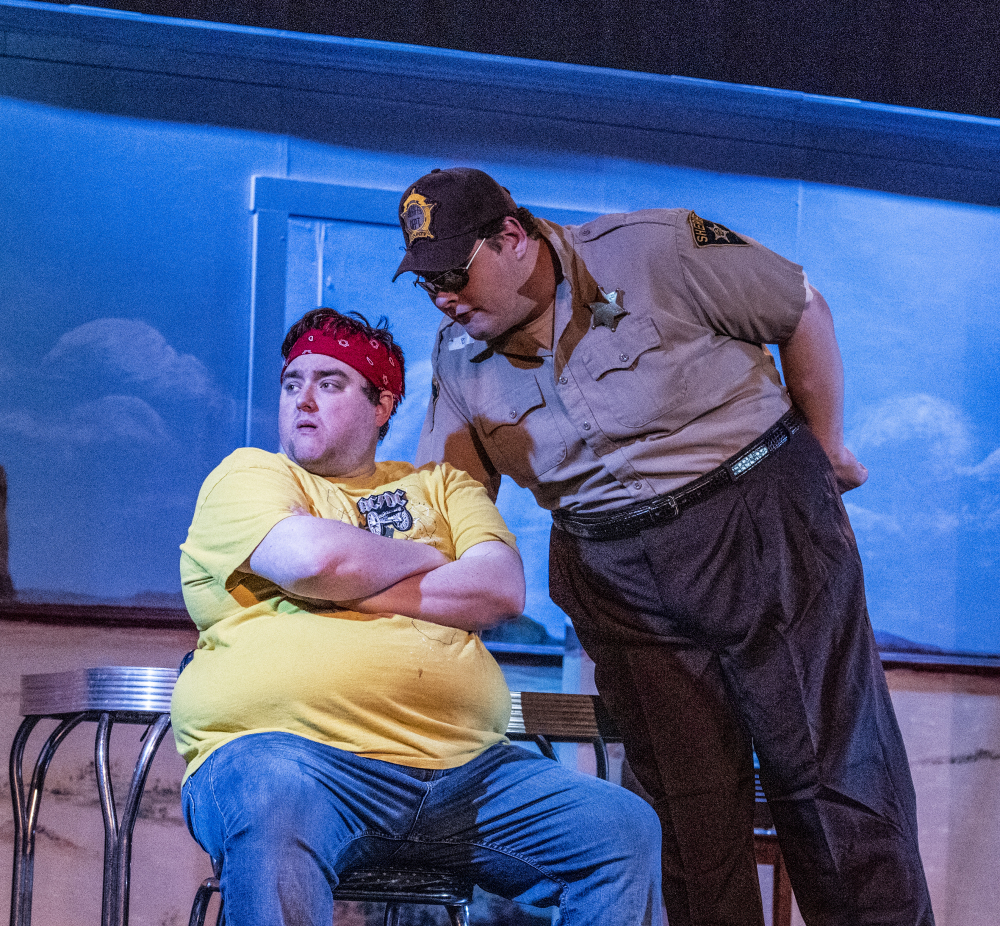

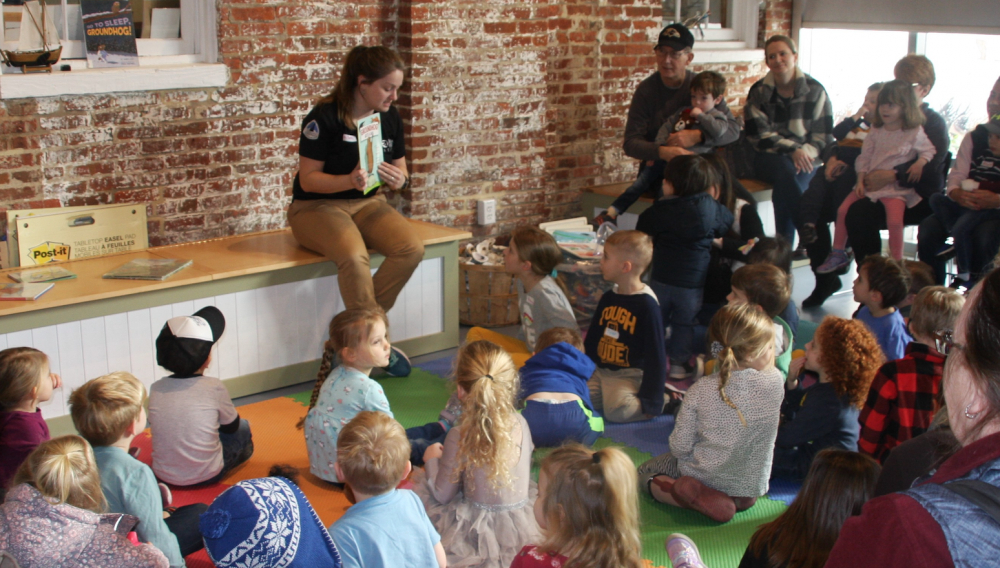
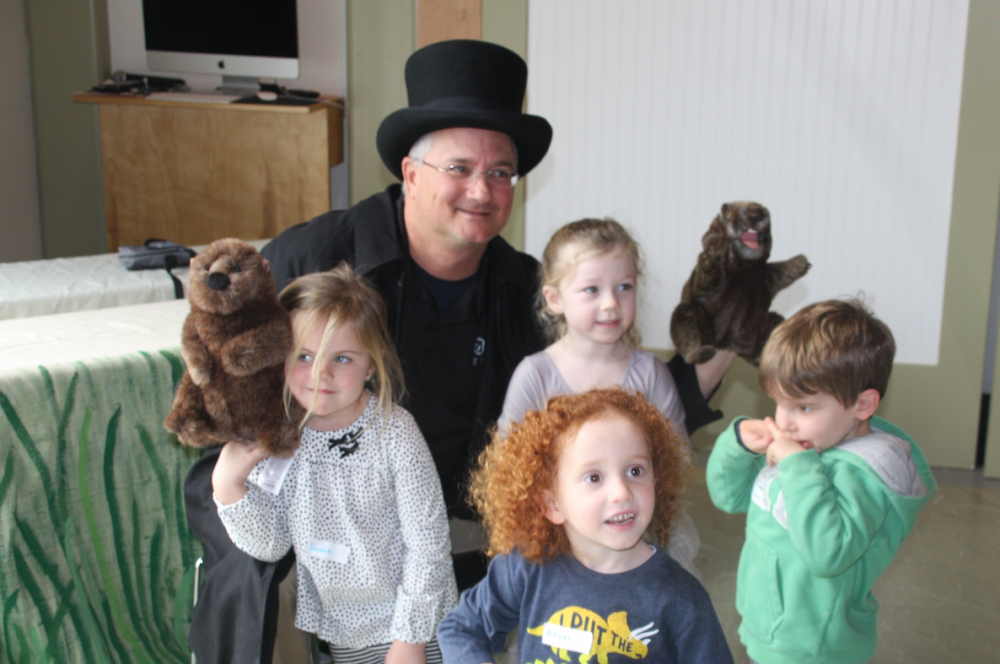
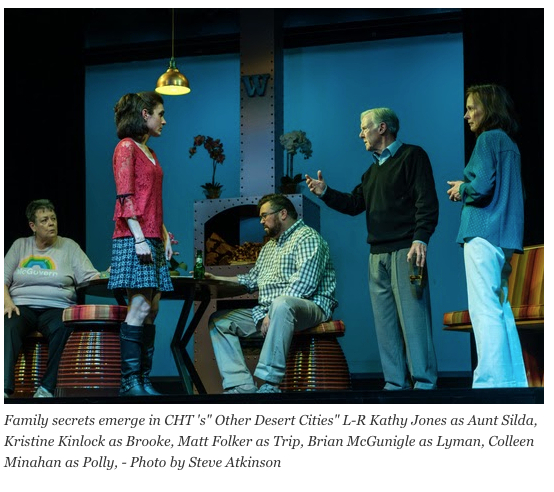
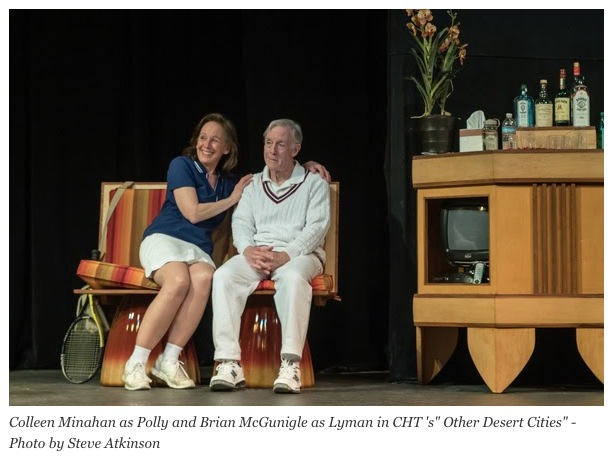
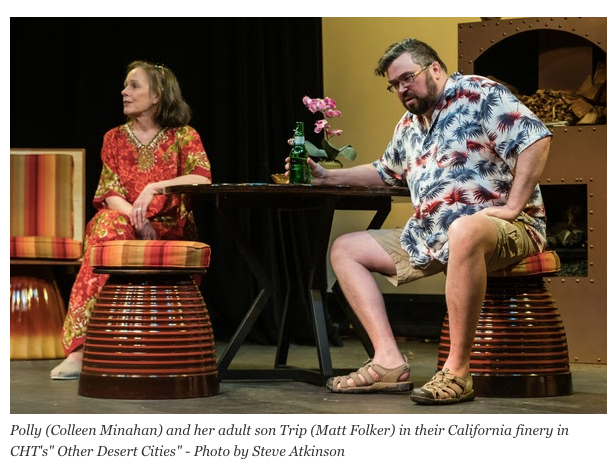
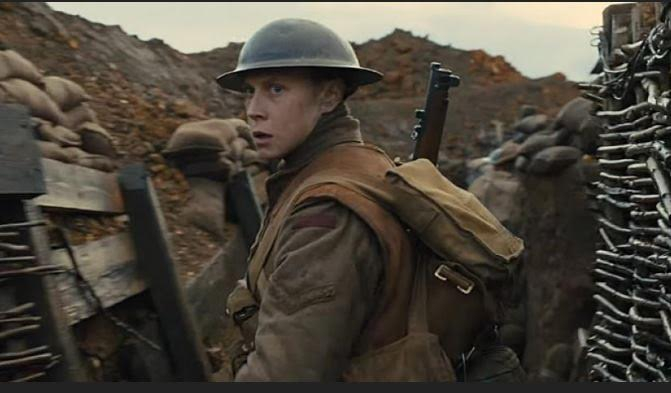 Chestertown Spy’s movie reviews are meant not so much as critical verdicts on the films, but to give movie fans an idea of what’s playing and whether they might want to see it – or give it a miss! Or to suggest a movie not your usual fare but which you might enjoy. If you decide to try a movie we review, just tell ‘em the Spy sent you!
Chestertown Spy’s movie reviews are meant not so much as critical verdicts on the films, but to give movie fans an idea of what’s playing and whether they might want to see it – or give it a miss! Or to suggest a movie not your usual fare but which you might enjoy. If you decide to try a movie we review, just tell ‘em the Spy sent you!